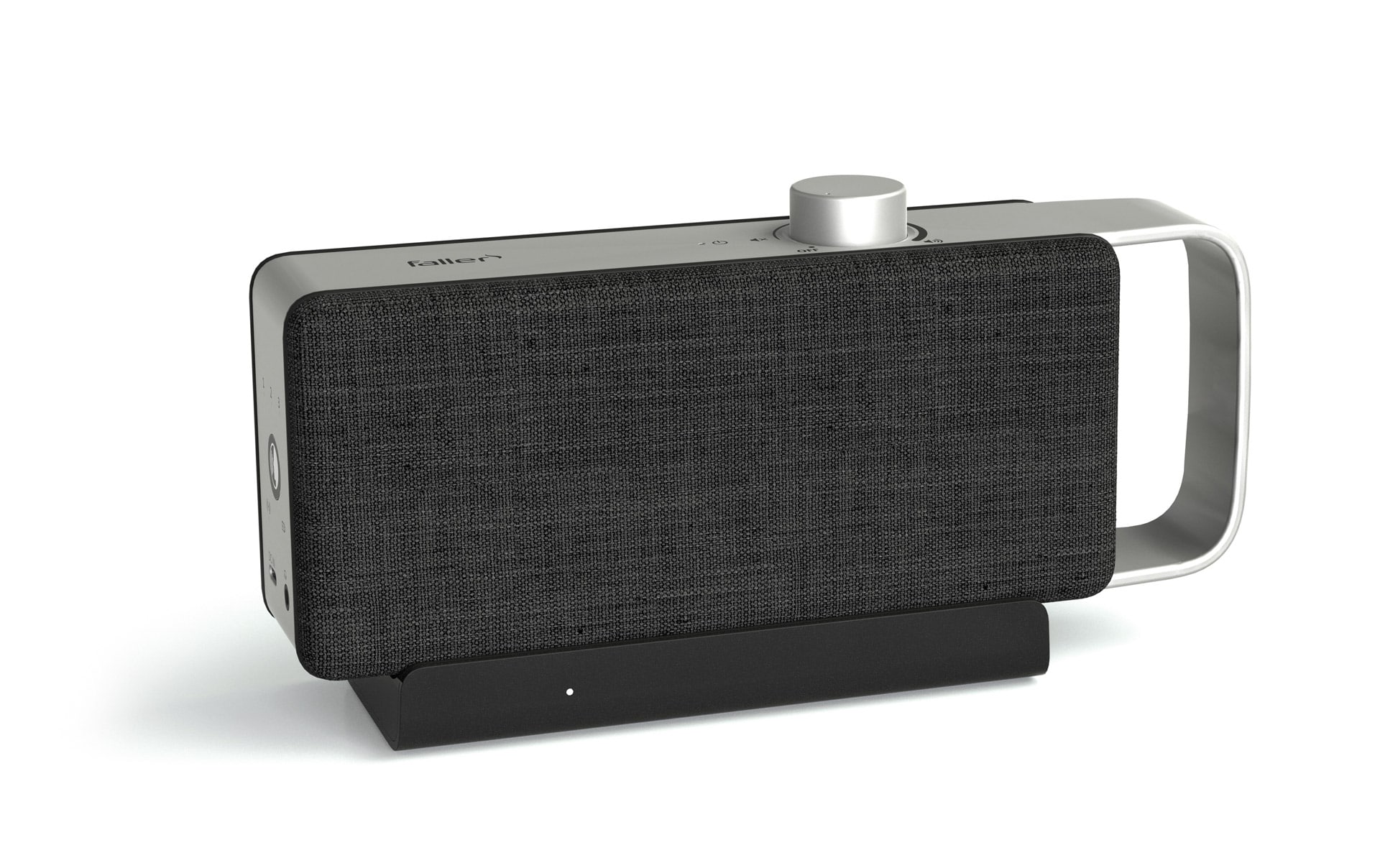HÖRST
Balance and ear

Table of contents
The role of the ear in balance and orientation
Our balance is an important part of human motor function. But did you know that it is also closely linked to our ears? Find out below how the organ of balance in the ear helps to keep our body in balance and enables us to orientate ourselves in our environment.
The organ of balance in the ear: the vestibular apparatus
The organ of balance in the inner ear is crucial for maintaining balance. It is also called the vestibular apparatus. This consists of complex structures, such as the fluid-filled semicircular canals. They react to head movements, which in turn are detected by sensory cells and transmit information to the brain. In simple terms, this regulates balance.
The efficiency of this system, which combines ear and balance, is remarkable as it constantly processes physical changes. This enables the body to adapt quickly, which plays a particularly important role in our mobility and orientation. The vestibular apparatus is located in the inner ear and is made up of two main components:
the otolith organs
They consist of two parts, the utriculus and the sacculus, which are responsible for the perception of linear movements (forwards, backwards, upwards, downwards) and gravity. These organs contain small crystals (otoliths) that lie on a gel-like substance. During movement, these crystals shift and stimulate underlying hair cells, which leads to signal transmission to the brain.
the archways
These are three interconnected, thin-walled channels, each of which is aligned along one of the three spatial axes. These channels are filled with a liquid and have a thickening at one end, which is called an arcuate ampulla. The ampullae contain special cells that react to movement by sensing the movement of the fluid when the head rotates.
These two components are equipped with highly sensitive receptors. They continuously send valuable information about our spatial orientation and balance to the brain. This is crucial for our balance in a moving environment. The vestibular apparatus also contributes to the coordination of our eye movements - for stable visual perception during head and body movements.

Ear, balance and movement
Our balance is closely linked to the musculoskeletal system, i.e. the control of our movements. It is crucial for a secure posture and enables us to react or adapt to acceleration or changes in direction and rotation. This means that without balance we would not be able to walk, stand or sit. In this context, the sacculus (macula sacculi) and utriculus (macula utriculi) in the inner ear are important for perceiving linear movements in a vertical or horizontal direction. They react to changes in head position and acceleration. This helps to stabilize posture - even during rapid or unexpected movements.
Dizziness: causes and mechanisms
Vertigo is a common symptom that occurs when there are problems with the vestibular system. A special form of vertigo is positional vertigo, which occurs when the position of the head changes. This can be caused by disturbances in the ear's vestibular organ. It is important to understand the triggers of vertigo in order to develop effective treatment methods.
Eyes and balance
Not only our ears, but also our eyes make a significant contribution to maintaining our balance. Eye movements are closely linked to our sense of balance. They help to stabilize our perception of movement and space. This is important for our balance.
What is a balance disorder?
A balance disorder is when a person can no longer control their own movements and posture. Typical symptoms include dizziness and visual disturbances, but also discomfort and even nausea. In the worst case scenario, this can result in falls and injuries.
In addition to various diseases, the causes of balance disorders can also lie in the ear or inner ear, for example due to diseases or functional disorders of the vestibular system.
For an accurate diagnosis and the correct treatment, you should always consult a doctor if you have a balance disorder.

Tips for the prevention and management of balance disorders
In order to prevent balance disorders or minimize their effects, it is important to find out about suitable measures. These include regular exercises to strengthen the sense of balance, avoidance of risk factors and, if necessary, the use of specialized forms of therapy:
Exercises to strengthen your balance
- One-legged stand: Stand on one leg and hold your balance for a few seconds. Then switch legs. This exercise can be easily integrated into everyday life.
- Yoga and Tai Chi: These practices are particularly effective for balance training as they combine slow, controlled movements with a focus on body awareness.
- Balancing exercises: Use balancing equipment such as wobble boards or balance pads to specifically train your balance.
- Vestibular exercises: Specific exercises that address the function of the vestibular system in the ear can help to improve balance. These include head and eye movements performed in different positions.
- Walking exercises: Walk in a line or in a zigzag pattern to challenge the vestibular system and train balance.
General health and balance
- Strength training: muscle building, especially in the legs and trunk area, supports balance.
- Endurance training: Improves general physical fitness, which has a positive effect on balance.
- Nutrition: A balanced diet and sufficient fluid intake support the function of the vestibular system and thus the balance.
- Stress management: Stress can affect your balance. Relaxation techniques such as meditation can help to reduce stress and thus stabilize the balance system.
- Regular check-ups: If balance problems persist, a doctor should be consulted to identify possible inner ear problems or other medical causes.
Frequently asked questions about balance and the ear
In the ear, the organ of balance, also known as the vestibular apparatus, is responsible for balance. This organ is located in the inner ear and comprises the semicircular canals and the vestibular sacs (utriculus and sacculus). These structures contain sensory cells that register movements and changes in head position.
The information about these movements is transmitted to the brain, which processes it and coordinates appropriate responses to maintain balance. The ear therefore plays a crucial role in the body's balance system.
Yes, balance problems can actually originate in the ear. As the organ of balance is located in the inner ear, various diseases or dysfunctions of this organ can lead to balance problems.
For example, inflammation in the inner ear or benign positional vertigo can affect the ear and balance. Such disorders can cause symptoms such as dizziness, unsteadiness when walking or a feeling of light-headedness.
Diseases of the ear can have various effects on the sense of balance. For example, an inner ear infection can lead to temporary dizziness and loss of balance. Chronic ear diseases such as Meniere's disease can lead to persistent balance problems, dizziness and impaired spatial orientation.
Age-related changes in the ear can also affect the sense of balance, which can lead to an increased risk of falling. It is important to understand that the ear and balance are closely linked and that disorders of one system can affect the other.
To improve your sense of balance, you can perform various exercises specifically aimed at training the organ of balance in the ear. Balance exercises such as one-leg stand or yoga poses can help to strengthen the function of the ear and balance. Exercises that coordinate eye and head movements can also be effective.
It is advisable to practise such exercises regularly to improve your sense of balance in the long term. However, if balance problems persist, a medical consultation is essential in order to identify the underlying causes and provide targeted treatment.
More articles

Choosing the right walking stick

Checking driving fitness in old age

